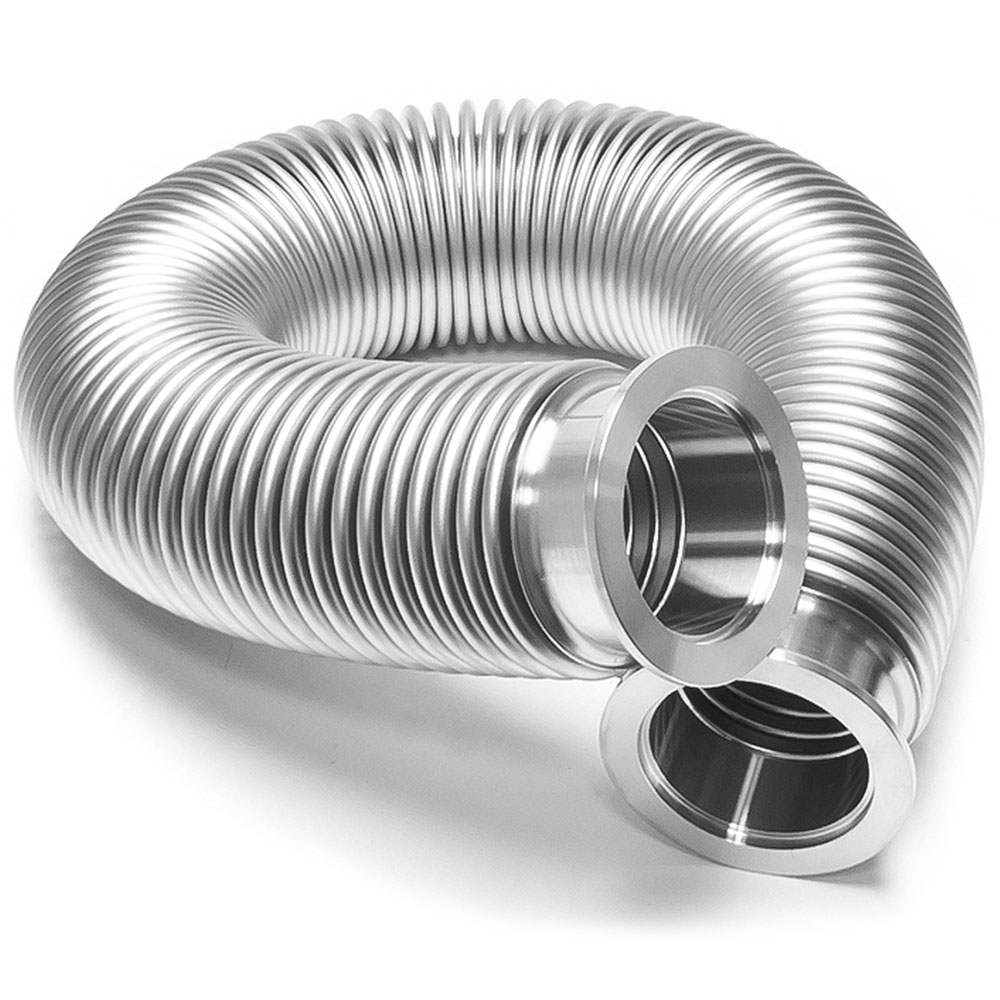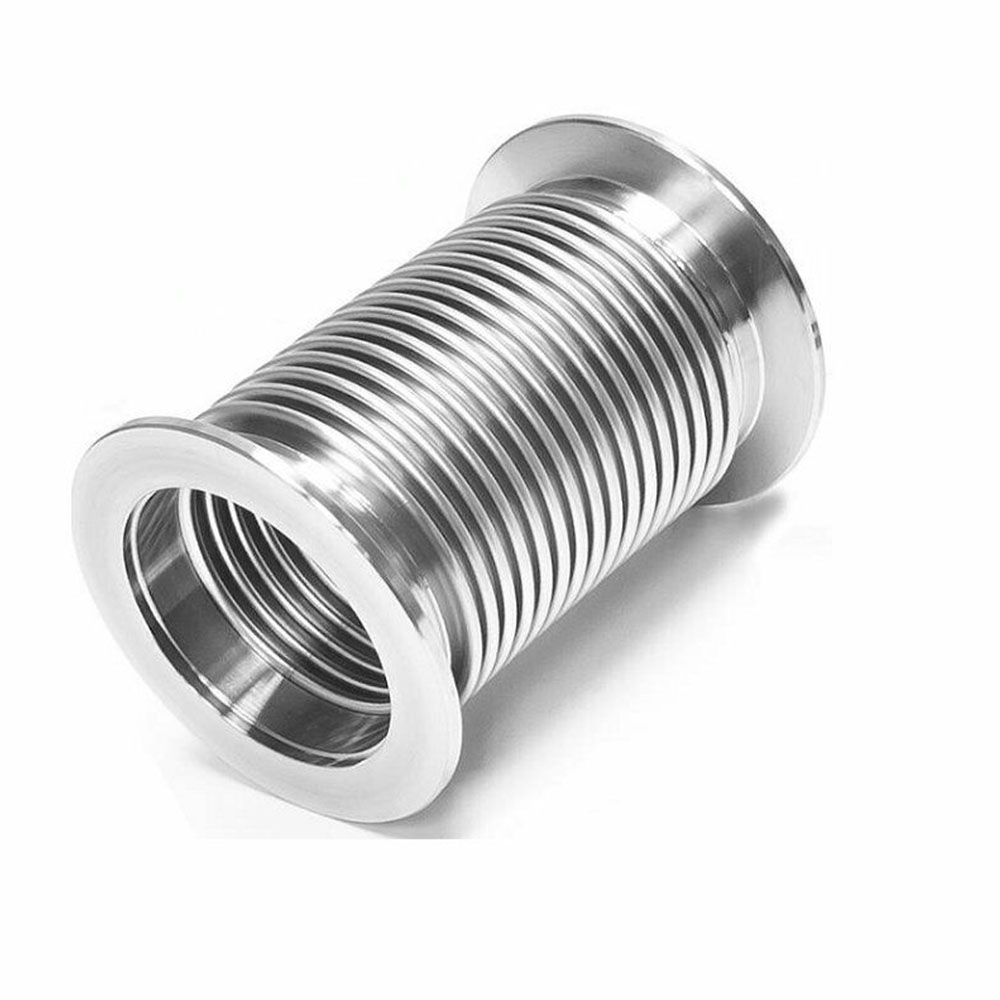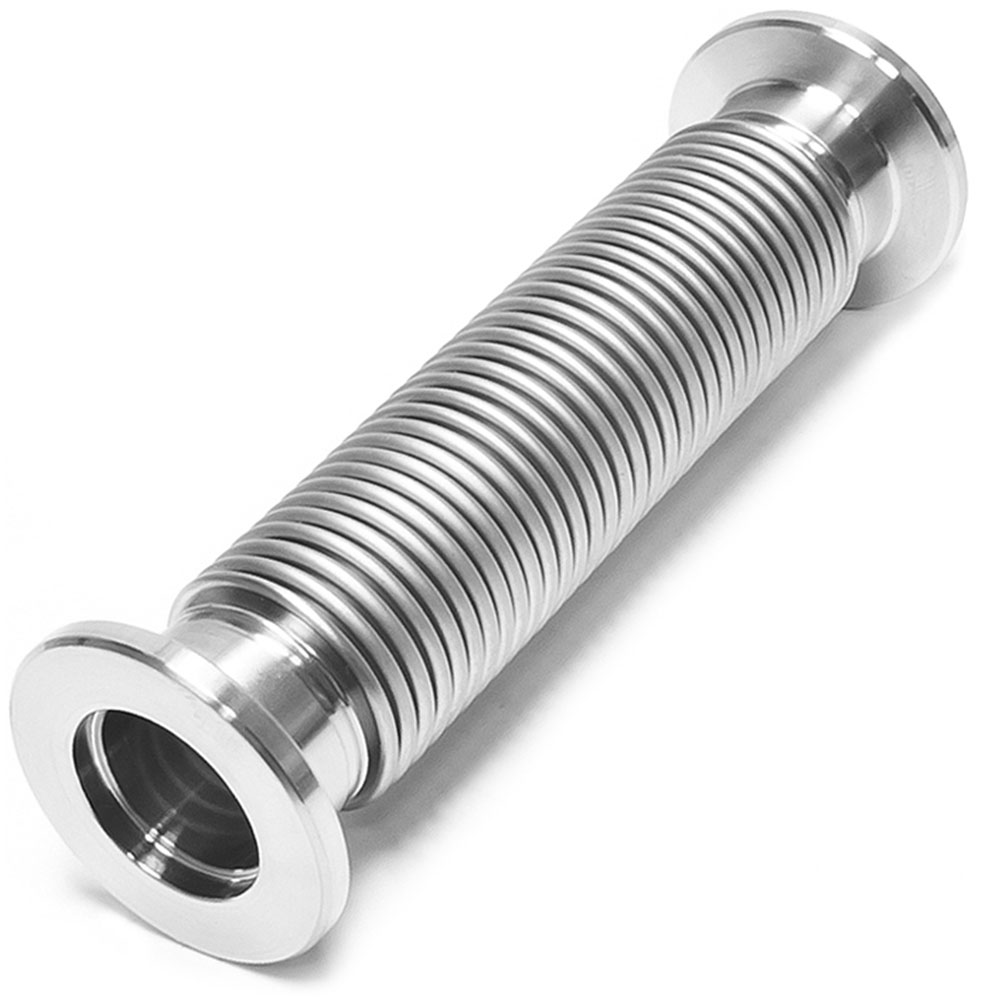
How to Choose the Length of Stainless Steel Metal Hose?
Stainless steel metal hose is also called metal hose, stainless steel flexible connection and metal flexible connection. The stainless steel flexible connection metal hose has good burnability, temperature resistance, pressure resistance and corrosion resistance. The metal hose is suitable for the transportation of steam, water, oil, various industrial gases, medicines and other media. The stainless steel soft joint plays an important role in the movement, thermal expansion and vibration absorption of the piping system. Metal hose/stainless steel hose connection type length and connection mode clause user requirements. Many customers will focus on quality when choosing stainless steel metal hoses, but often ignore the important indicator of length.
The following explains how to choose the corresponding length of metal hose according to different purposes.
1. The length of the metal hose used as a compensator depends on its diameter.
2. The length of the pump and pump outlet pipe used for vibration and noise elimination depends on the size of its diameter.
3. The length of the angular displacement metal hose depends on its actual bending radius and displacement angle.
4. The length of the metal hose with lateral displacement depends on its actual bending radius and the amount of lateral displacement.
5. In the bending state, the length of the metal hose that moves longitudinally in parallel section depends on the actual bending radius and the amount of longitudinal movement.
6. In the bending state, the length of the metal hose that moves horizontally in parallel sections depends on the actual bending radius and the amount of lateral movement.
- If the metal hose used as the compensator is too long, it will be unstable; the pump and the metal hose used at the outlet of the pump will be too long, and additional vibration will be generated. Will produce larger fluid resistance and so on.
8. Metal hoses under working conditions often fail to achieve ideal compensation, vibration reduction, and transient sound elimination due to improper length.







